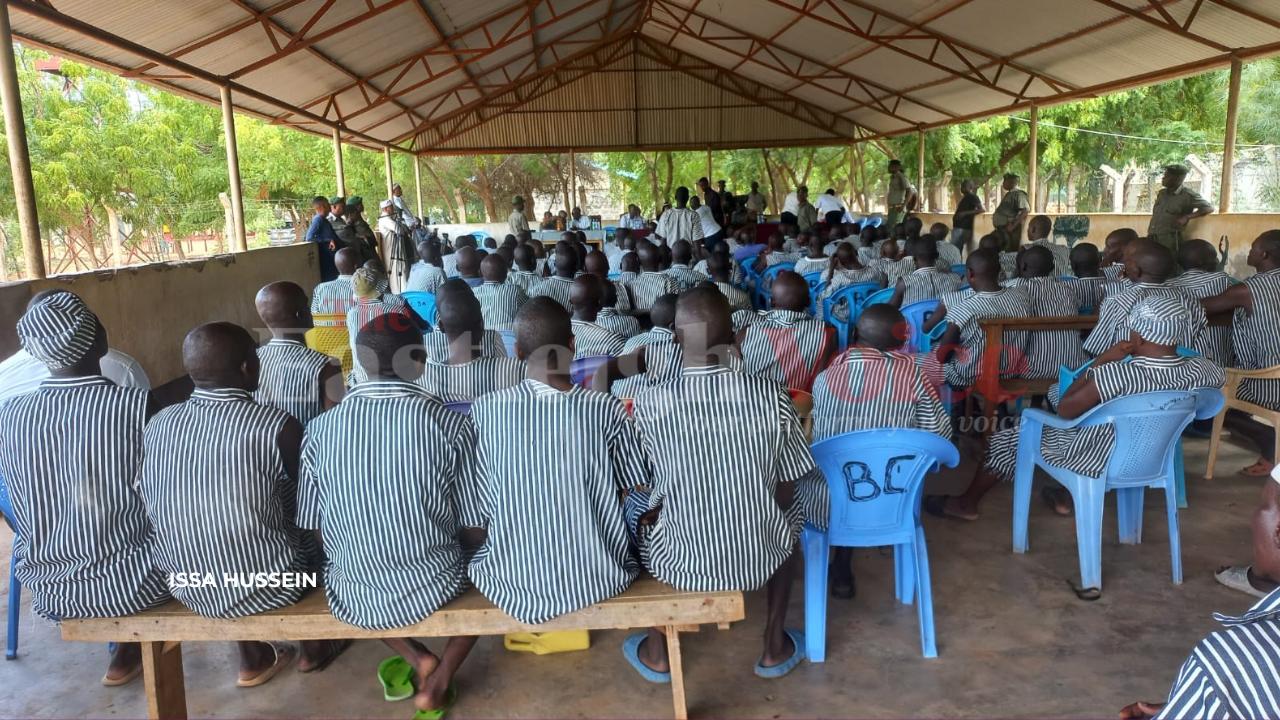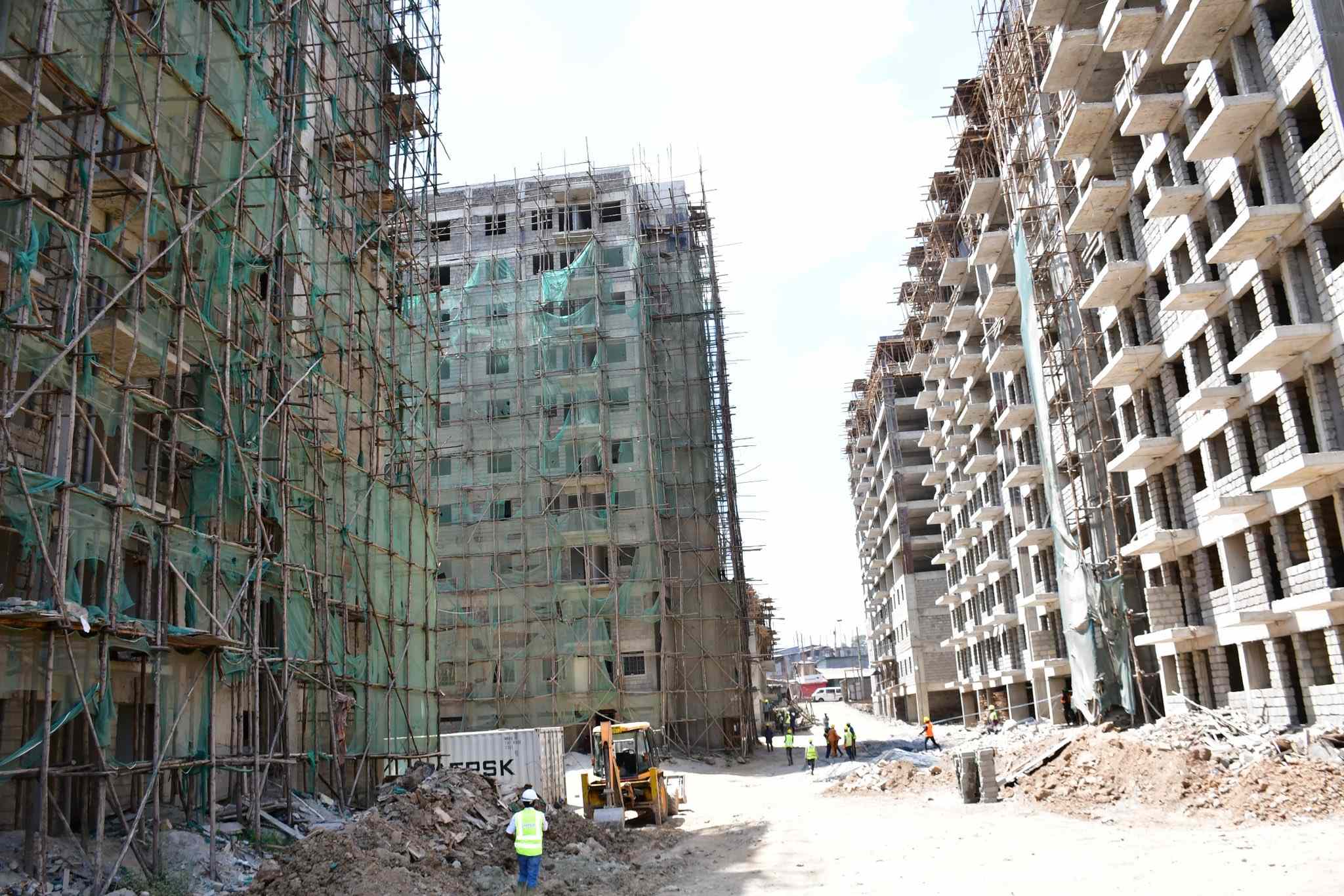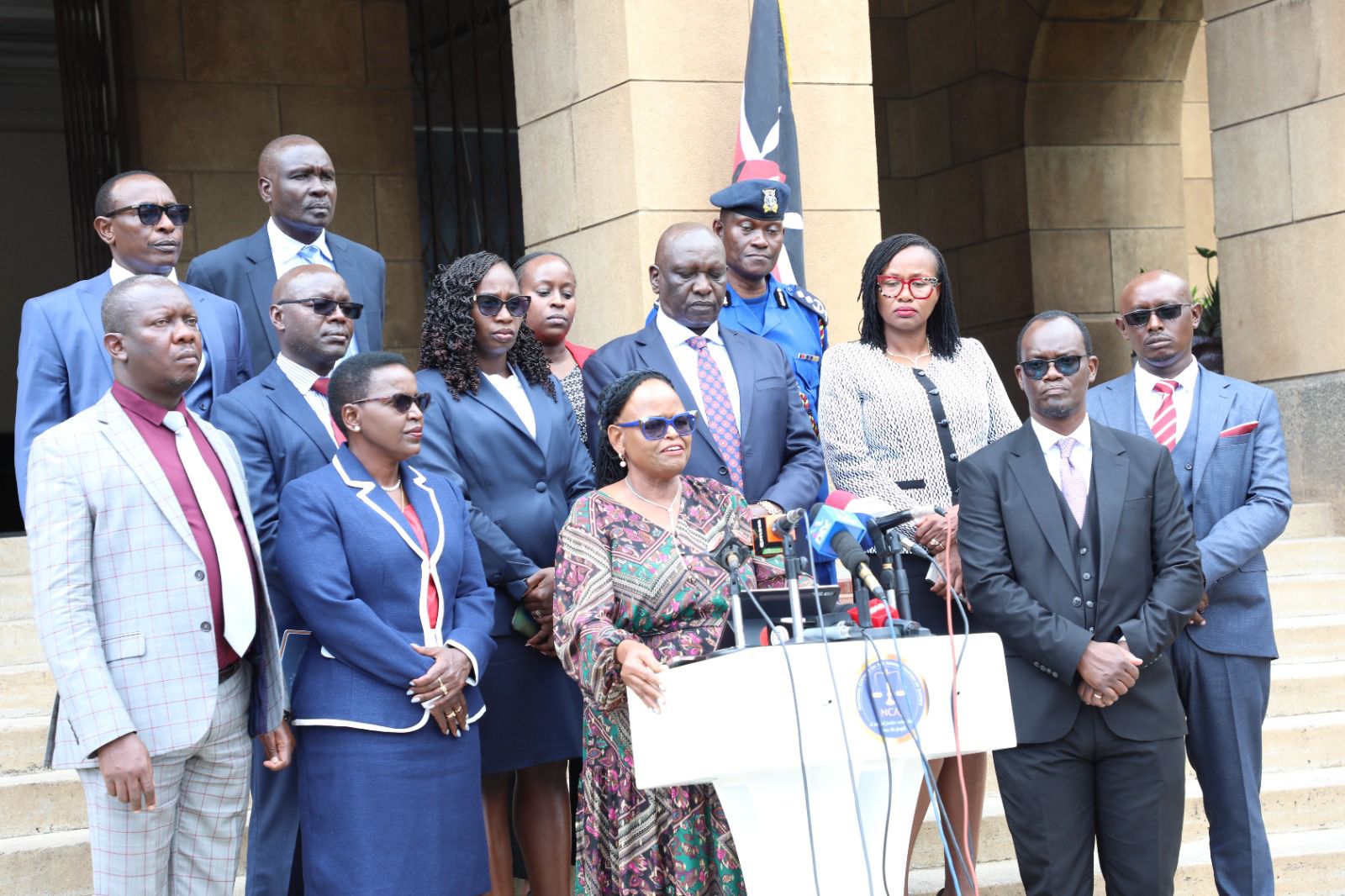Controller of Budget flags 16 counties for concealing true staff expenditures

Only eight counties complied with the legal limit: Kilifi (24 per cent), Siaya (26 per cent), Tana River (27 per cent), Nakuru (30 per cent), Kwale (31 per cent), Nandi (33 per cent) and Nyandarua (33 per cent).
At least 16 counties are under scrutiny for deliberately misstating their wage expenditures to give the impression that they are within the legal spending limits, Controller of Budget Margaret Nyakang’o has reported.
The counties are allegedly withholding salary payments for one or two months to make their annual employee compensation appear lower than it actually is.
More To Read
- Government eyes handing NTSA’s smart driving licence programme to private investor
- Government sets 14-day deadline to end student bursary delays nationwide
- Treasury: Kenya can no longer rely on taxes or borrowing for big infrastructure projects
- County expenditure share by sector (FY2023/24)
- World Bank warns political interference weakening Kenya’s state-owned enterprises
- Treasury CS John Mbadi defends ballooning State House budget
Nyakang’o explained that this tactic allows counties to claim compliance with the Public Finance Management (PFM) Regulations, which restrict wage and benefits spending to 35 per cent of total revenue.
“Some counties are becoming clever by engaging in fraudulent budgeting. They are deliberately not requisitioning salaries for a month or two so that, by the end of the year, they report spending for fewer months,” she said.
The withheld payments are later reported in the next financial year, creating a misleading narrative of fiscal discipline. The practice reportedly started in the previous financial year as counties attempted to appear lawful despite escalating wage bills.
Despite these manipulations, many counties still surpassed the 35 per cent threshold. Nyakang’o warned that if full disclosures were made for the entire year, some counties could be spending as much as 70 per cent of revenue on salaries.
The 2023–2024 budget implementation review highlights Bungoma, Narok, Turkana, Bomet, Kilifi, Kisumu, Machakos, Makueni, Mandera, Marsabit, Meru, Murang’a, Nyandarua, Tharaka Nithi and Mombasa as the worst offenders.
Bungoma and Narok did not account for salary payments in May and June, while the others skipped June. This occurred despite all counties receiving full funding from the National Treasury for salary payments within the fiscal year.
“The Treasury and the Central Bank even left the system open for several days after the close of the financial year, but they still failed to report,” Nyakang’o said. “They are trying to manage the ratios. It is what we call fraudulent budgeting.”
Figures show Bungoma spent Sh6.31 billion over 10 months, equaling 45 per cent of its revenue, while Narok spent Sh5.5 billion without reporting the last two months, keeping its wage ratio at 35 per cent. Turkana exceeded the limit by two per cent even after excluding June, with Sh6 billion spent on salaries.
Bomet’s total wage bill stood at 48.6 per cent of revenue after including June, with Sh3.75 billion paid to staff. Other counties’ wage expenditures excluding June were Kilifi (28 per cent), Kisumu (48 per cent), Machakos (54.4 per cent), Makueni (44 per cent), and Mandera (38 per cent), spending billions collectively.
Marsabit reported 43 per cent of revenue on salaries, Meru 42.5 per cent, Murang’a 48 per cent, Nyandarua 30 per cent, Tharaka Nithi 53 per cent, and Mombasa 47 per cent.
Across all 47 counties, employee costs accounted for 47 per cent of total expenditure (Sh470.23 billion) and 41 per cent of revenue (Sh533.11 billion), far exceeding legal thresholds. Salaries and allowances alone consumed Sh220.64 billion, up Sh10.8 billion from the previous year.
Nyakang’o’s findings identify the wage bill as the greatest risk to county financial stability. Some counties spend more than half their revenues on salaries, leaving limited funds for development and operations.
Counties with the highest percentage of revenue spent on wages include Nyeri (55 per cent), Machakos (54.5 per cent), Baringo (53.4 per cent), Tharaka Nithi (53 per cent) and Taita Taveta (51 per cent). Others are Elgeyo Marakwet (51 per cent), Nairobi (50.8 per cent), Homa Bay and Lamu (50 per cent each), Murang’a (48 per cent), Kisumu (48 per cent), Bomet (48.6 per cent), Mombasa (47 per cent), Vihiga (47 per cent), Marsabit (43 per cent), Nyamira (44 per cent) and Busia (44 per cent).
Only eight counties complied with the legal limit: Kilifi (24 per cent), Siaya (26 per cent), Tana River (27 per cent), Nakuru (30 per cent), Kwale (31 per cent), Nandi (33 per cent) and Nyandarua (33 per cent).
Top Stories Today













































